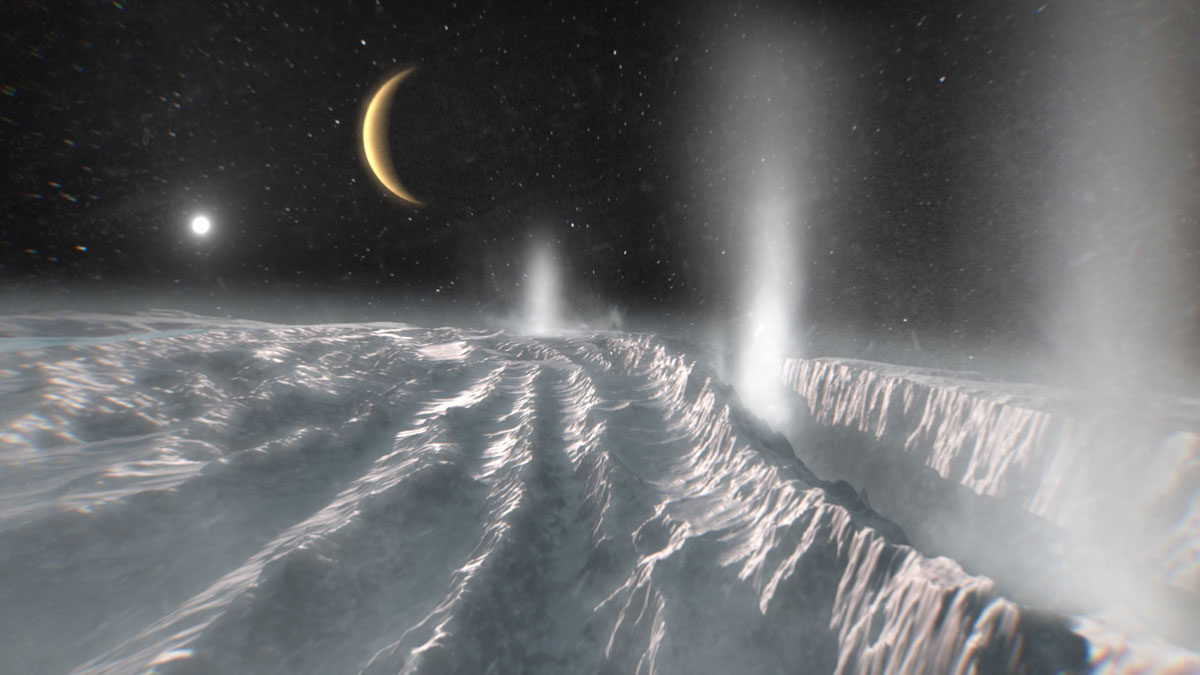Space radiation can generate organic molecules on the surfaces of icy moons such as Enceladus and Europa. As upcoming missions gear up to explore these ocean worlds, scientists face the challenge of distinguishing between organic materials produced by radiation and those that originate from subsurface oceans.

Understanding the Origins of Organics
When spacecraft detect organic molecules on these moons, it’s important to know their origin. Radiation from space interacts with the surface ice, sparking chemical reactions that create organics. However, similar molecules can also form deep within hidden oceans, possibly hinting at life or complex chemistry.
Implications for Future Missions
Upcoming missions to Enceladus and Europa must use advanced instruments and strategies to tell apart radiation-made molecules from those created in the ocean below. This distinction is crucial for scientists searching for signs of life or understanding the chemical evolution on these distant moons.
Sources:
https://eos.org/articles/space-radiation-can-produce-some-organic-molecules-detected-on-icy-moons
















